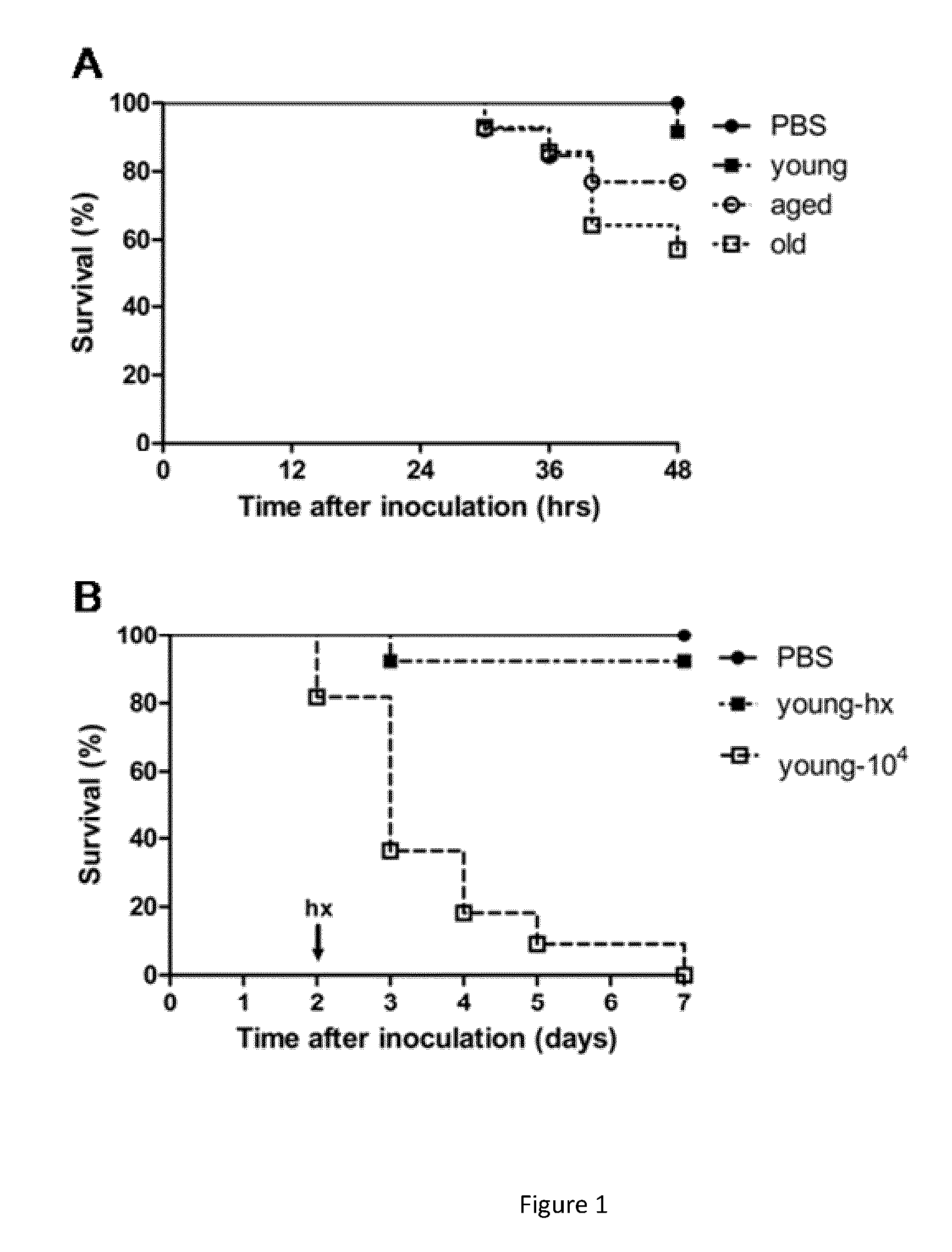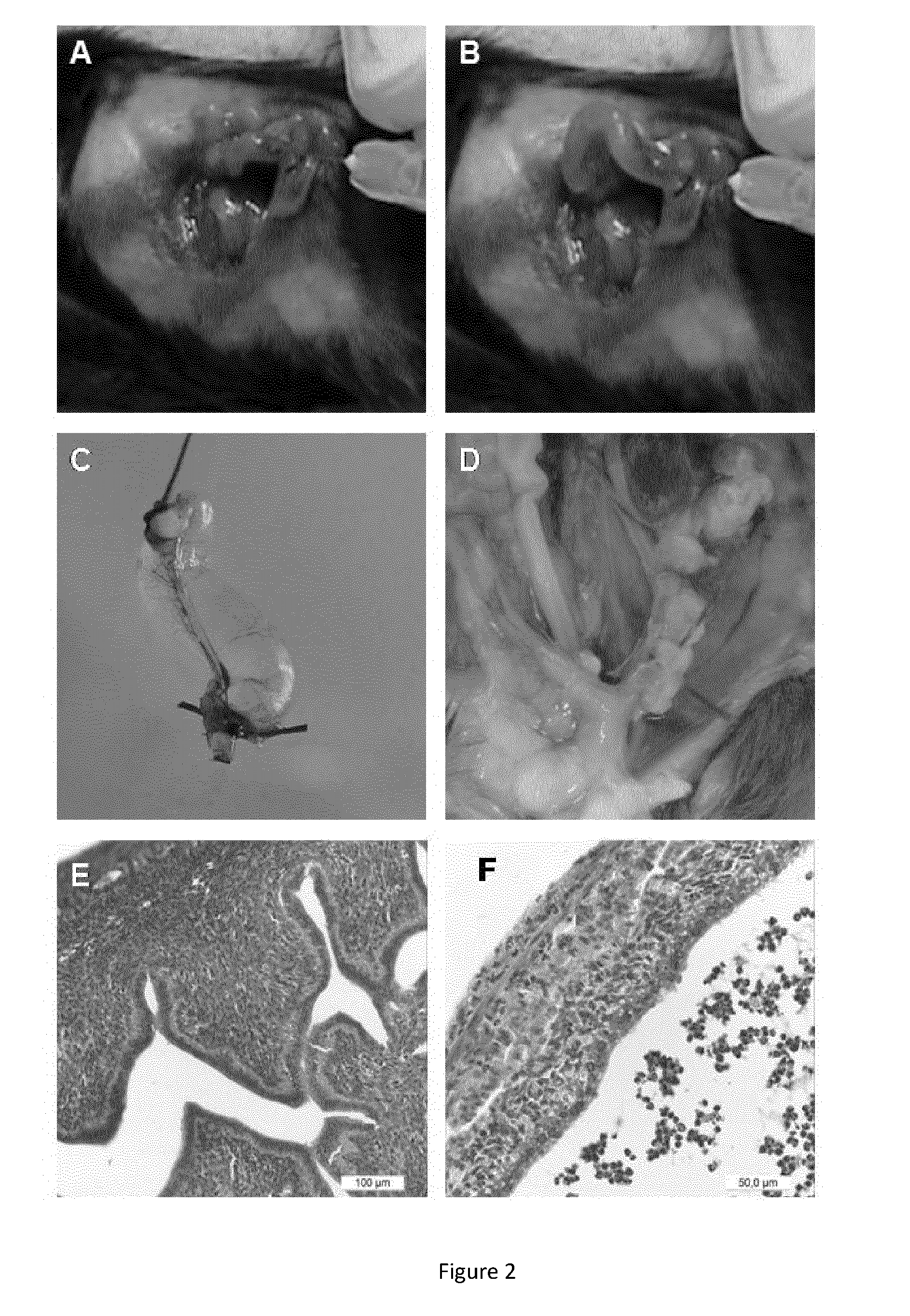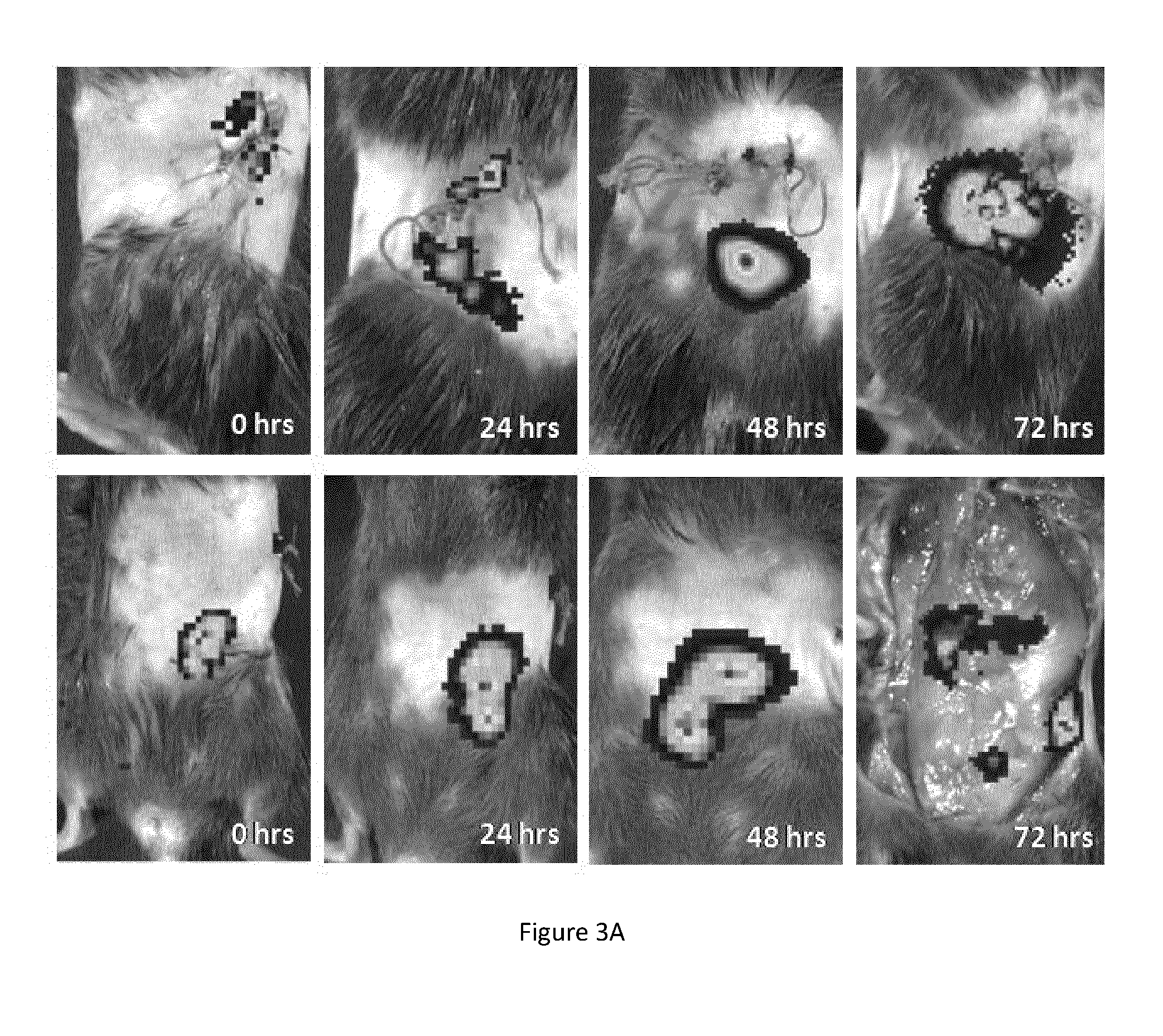Biomarkers for acute kidney injury
a technology of acute kidney injury and biomarkers, which is applied in the field of biotechnology and medicine, can solve the problems of inability to reproduce sepsis models, high mortality rates, and inability to accept high mortality rates, and achieve the effects of increasing plasma cyto- and chemokine concentrations, more severe hypothermia, and high mortality rates
- Summary
- Abstract
- Description
- Claims
- Application Information
AI Technical Summary
Benefits of technology
Problems solved by technology
Method used
Image
Examples
examples
Materials and Methods
[0060]Mice
[0061]For all experiments, young (12 to 14 weeks), aged (46 to 48 weeks) and old postmenopausal (70 to 72 weeks) female C57BL / 6 mice were used (Harlan, Boxmeer, The Netherlands). The mice were bred in a conventional animal facility. Before surgery, mice were kept at least 2 weeks in the animal facility to recover after transport. All experimental procedures were approved by the Ethical Committee of the Faculty of Veterinary Medicine, Ghent University, Belgium.
[0062]Uterine Ligation and Inoculation of E. Coli
[0063]Mice were anaesthetized with isoflurane (Abbott Laboratories, Kent, United Kingdom) and positioned in right lateral recumbency. The left lateral flank was shaved and disinfected before a 1 cm-long horizontal incision after the costal arch was made. The left uterine horn was ligated cranial to the bifurcatio uteri with a 4-0 polyglactin 910 thread (Vicryl, Ethicon Inc., Gargrave, United Kingdom). The ligated horn was then punctured with a 32-g...
PUM
| Property | Measurement | Unit |
|---|---|---|
| temperature | aaaaa | aaaaa |
| temperature | aaaaa | aaaaa |
| internal diameter×150 | aaaaa | aaaaa |
Abstract
Description
Claims
Application Information
 Login to View More
Login to View More - R&D
- Intellectual Property
- Life Sciences
- Materials
- Tech Scout
- Unparalleled Data Quality
- Higher Quality Content
- 60% Fewer Hallucinations
Browse by: Latest US Patents, China's latest patents, Technical Efficacy Thesaurus, Application Domain, Technology Topic, Popular Technical Reports.
© 2025 PatSnap. All rights reserved.Legal|Privacy policy|Modern Slavery Act Transparency Statement|Sitemap|About US| Contact US: help@patsnap.com



